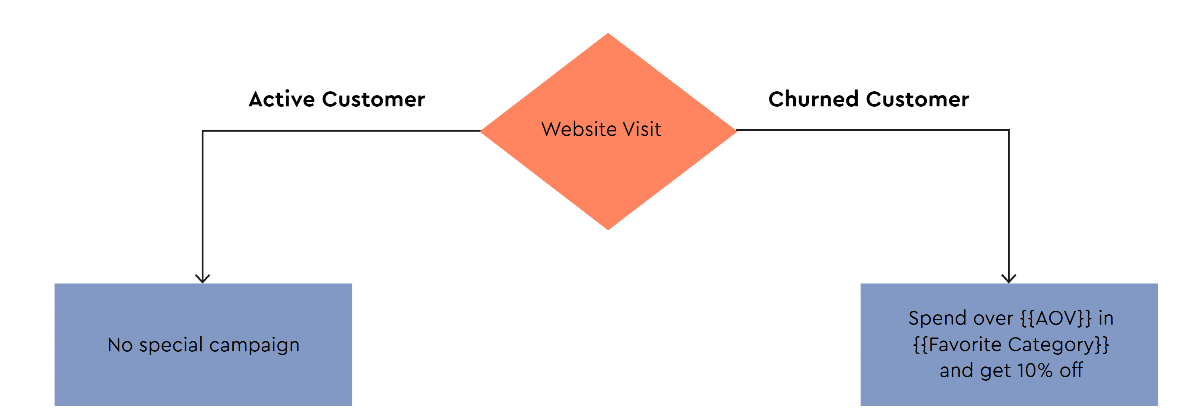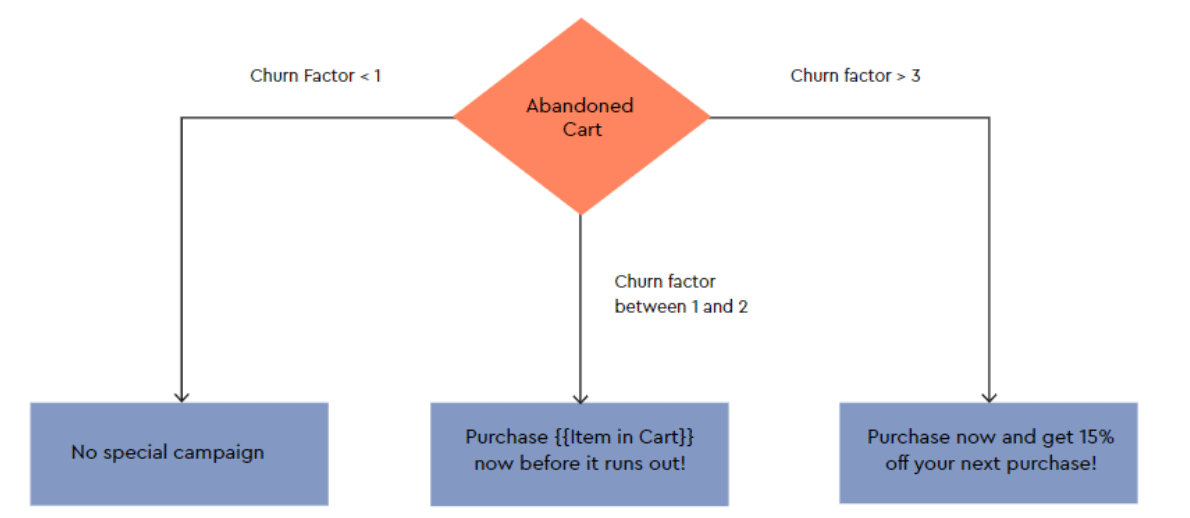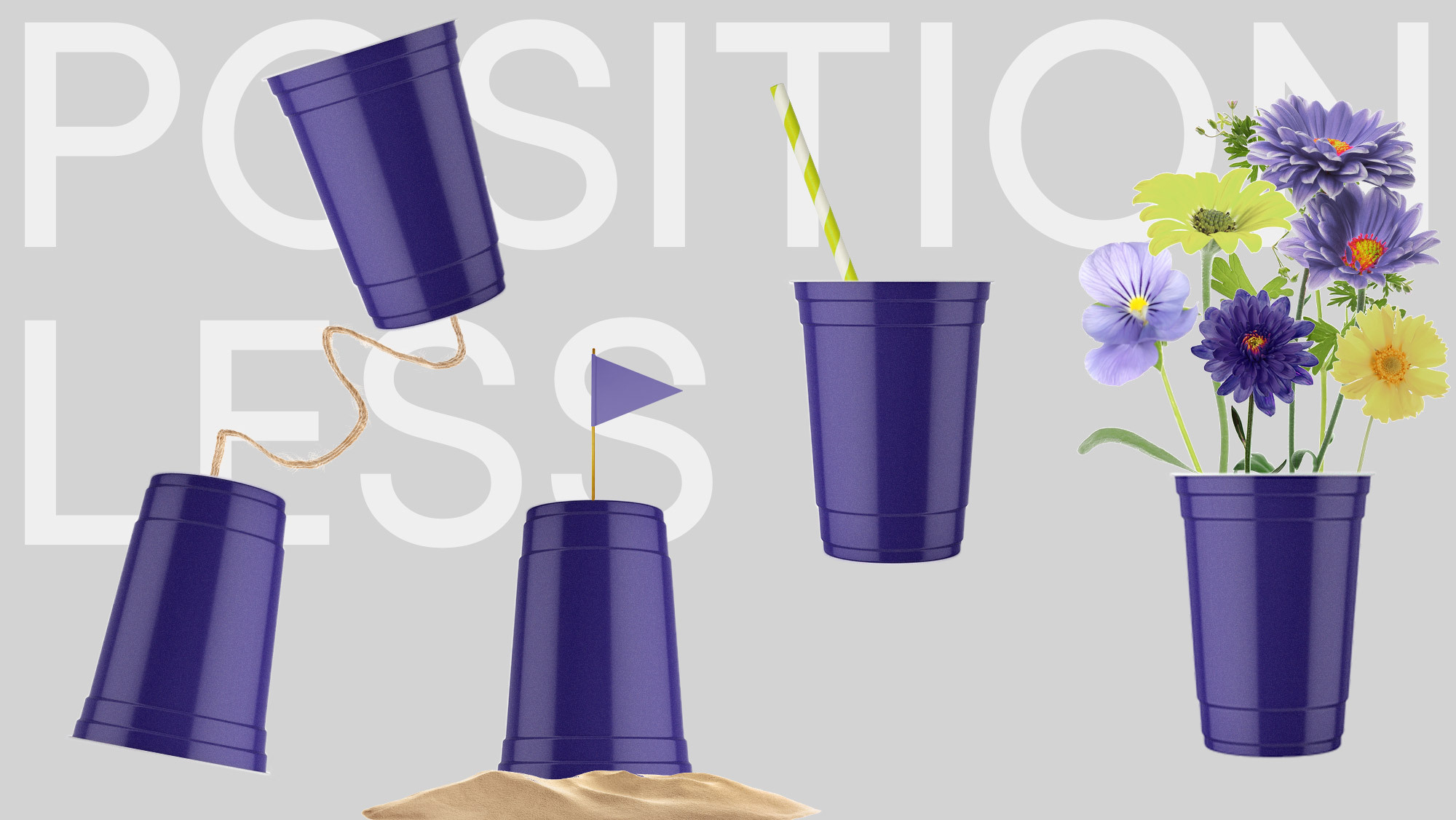
AI and the Retail Marketer’s Future
How AI transforms strategy and processes, driving the adoption of Positionless Marketing
Exclusive Forrester Report on AI in Marketing

It's no secret that retailers that combine realtime marketing with historical customer data provide their customers with a contextual and unified experience, which is key in generating higher Customer Lifetime Value.
Simply put - doing so can give you the best of both worlds. The historical data allows you to define your customers and understand the best way to send communications. And the realtime data is critical in making the right decision at the best timing.
In part II we'll focus on how to combine historical and realtime customer data to activate your realtime marketing efforts. Today, we're looking at how smart marketers use realtime data to improve shopper's experience.
#1 – Reactivate Churned Customers Upon Website Visit
Churned customers who visit your website are prime candidates for realtime reactivation campaigns. Customers may churn for many reasons, but a customer who visits your website is signaling that they are interested in what your brand has to offer. By providing these customers with a positive customer experience, you can significantly improve the likelihood of making a purchase and reactivating.
One of the best times to incentivize churned customers to complete a purchase is while they are on your website and keen to make a purchase. By activating a website pop-up, you are sure to communicate with them at an optimal time. To avoid triggering a website pop-up to customers who have not churned and prevent profit cannibalization, it is important to only trigger the pop-up to customers who have actually churned.
Using a combination of realtime and historical customer data, you can trigger the pop-up to churned customers alone. To customize the pop-up message for each customer, you can offer special discounts on the customer's favorite items or on categories they've previously purchased from, thus increasing the likelihood of them completing the order.
The example below demonstrates how a website pop-up can be personalized by offering a 10% discount to churned customers who spend more than their average order value on their favorite category.
 #2 – Incentivize Order Completion with an Abandoned Cart Sequence
Abandoned carts can be one of the most frustrating scenarios for a brand. On the one hand, the customer was interested enough to add certain items to a cart; on the other, they didn't exhibit a sense of urgency to complete the order, for whatever reason. While abandoned carts may be frustrating, some customers will probably complete their order later, so sending them incentives to complete their order will result in lower order values.
Customers who receive an abandoned cart sequence are more likely to complete their order. For example, an Optimove client used a customized realtime abandoned cart campaign to increase the number of customers who returned to complete their order, achieving average sales of $901. However, you may want to consider that some customers rely on your abandoned cart sequences to receive better price offers.
Therefore, you probably want to focus your campaign on customers at risk of churn, tiering incentives based on customers' likelihood to churn.
Optimove uses a custom metric called "Churn Factor" to identify customers who are more likely to churn. Churn factor is calculated by dividing each customer's time since last purchase by each one's individual activity frequency (e.g., how often the customer has purchased). The higher the churn factor, the more likely that the customer will churn, the higher the incentive you should offer.
The flowchart below details how to add historical data to your realtime abandoned cart campaign, to customize the incentives offered following an abandoned cart event.
#2 – Incentivize Order Completion with an Abandoned Cart Sequence
Abandoned carts can be one of the most frustrating scenarios for a brand. On the one hand, the customer was interested enough to add certain items to a cart; on the other, they didn't exhibit a sense of urgency to complete the order, for whatever reason. While abandoned carts may be frustrating, some customers will probably complete their order later, so sending them incentives to complete their order will result in lower order values.
Customers who receive an abandoned cart sequence are more likely to complete their order. For example, an Optimove client used a customized realtime abandoned cart campaign to increase the number of customers who returned to complete their order, achieving average sales of $901. However, you may want to consider that some customers rely on your abandoned cart sequences to receive better price offers.
Therefore, you probably want to focus your campaign on customers at risk of churn, tiering incentives based on customers' likelihood to churn.
Optimove uses a custom metric called "Churn Factor" to identify customers who are more likely to churn. Churn factor is calculated by dividing each customer's time since last purchase by each one's individual activity frequency (e.g., how often the customer has purchased). The higher the churn factor, the more likely that the customer will churn, the higher the incentive you should offer.
The flowchart below details how to add historical data to your realtime abandoned cart campaign, to customize the incentives offered following an abandoned cart event.
 **
Stay tuned for the next and final part of this mini-series where you'll gain more actionable insights on delivering contextualized, realtime customer marketing campaigns.
Don't feel like waiting? Download all four realtime retail marketing use cases right now.
**
Stay tuned for the next and final part of this mini-series where you'll gain more actionable insights on delivering contextualized, realtime customer marketing campaigns.
Don't feel like waiting? Download all four realtime retail marketing use cases right now.
Exclusive Forrester Report on AI in Marketing
In this proprietary Forrester report, learn how global marketers use AI and Positionless Marketing to streamline workflows and increase relevance.


Writers in the Optimove Team include marketing, R&D, product, data science, customer success, and technology experts who were instrumental in the creation of Positionless Marketing, a movement enabling marketers to do anything, and be everything.
Optimove’s leaders’ diverse expertise and real-world experience provide expert commentary and insight into proven and leading-edge marketing practices and trends.


